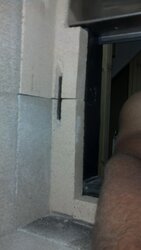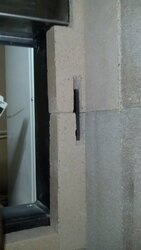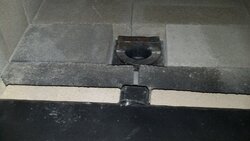DoubleB
Minister of Fire
A caddy, max caddy or either Kuuma could be made to work with the appropriate spacing off the floor.
Very smart for thinking ahead...
I figure my flue temp monitoring keeps firebox temps under control so I'm less likely to have cracking issues.
If I remember correctly you heated 3400 sq ft with your 1st Tundra and ran your temp control from day 1 without any cracking problems. Looks like your partial firebrick can only help.






